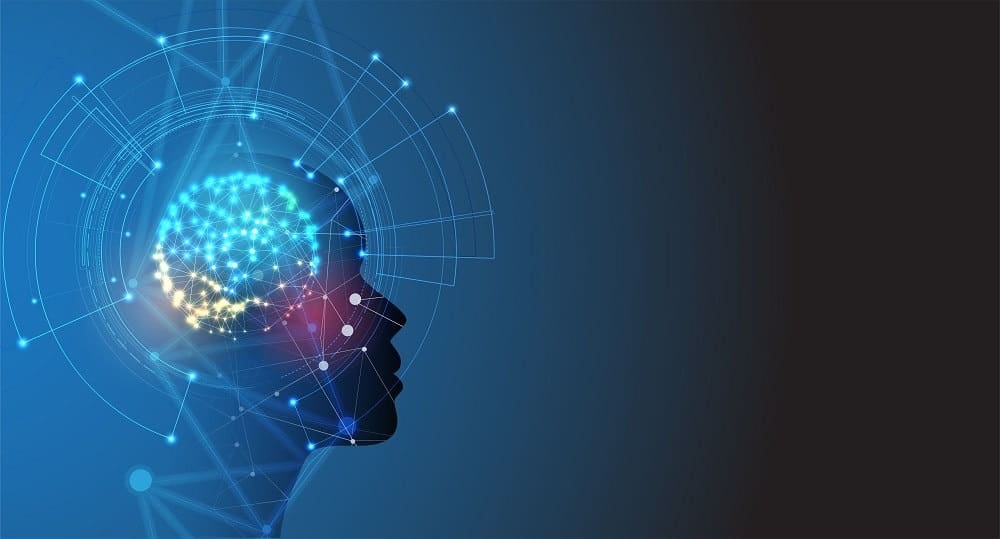In the context of the pandemic and its associated challenges, the assurance functions have become more than a little challenging. Experts in investigations, data science, and applied AI provide a practical approach to support day-to-day compliance.
Each crisis brings profound organizational disruptions in the corporate world, whether perceived as opportunities or fallout to deal with. The one we are currently facing is no exception; during the pandemic, many employees have had to adapt to the imposition of working from home without substantially impacting quality or productivity.
By the same token, some corporate functions need to further adapt and adjust their working methods. Take the assurance roles such as compliance, internal controls and audit, whose responsibility is to ensure that all employees within the organization embrace ethical behavior, as well as to infuse sound governance and a risk-controlled approach when conducting business.
The Necessary Shift in Compliance Monitoring and Control
The primary role of the compliance function is to define the compliance framework and internal rules derived from all kinds of regulations, then to disseminate those rules and good practices across the organization so that all employees are aware of those rules and contribute to protecting the company from legal and reputational risks.
However, those prevention initiatives must go along with necessary control and monitoring to detect – by means of on-site reviews, field audits and sample transaction testing – any failure, breach or wrongdoing in the day-to-day business activities so that it can be addressed and remediated as soon as it is uncovered.
But in the context of the current pandemic situation, in which companies face multiple constraints (limited budget, reduced staff, travel restrictions, etc.) and hindrances to maintain business operations “as usual” – it has become even more challenging for the assurance functions to exercise their detection prerogatives in the field.
Propensity to Cross the “Red Line” During Tense Economic Situations
At the same time (and paradoxically), the capabilities in detecting breaches in ethics and governance are today more needed than ever. Indeed, in this difficult economic period – with businesses struggling to resume deal flows, to sign new contracts/markets/clients, to just survive – a surge in mishaps, breaches and wrongdoing is expected. After all, when financials and business are at stake, it is ethics and compliance values will likely take second priority – if not be put on hold altogether.
As a consequence, staff in charge of sales and business development are more inclined to “cross the red line,” exposing their organization to legal and reputational risks from bribery and corruption. They are often encouraged or pressured by superiors to expedite processes, accept third parties’ unusual conditions, to do whatever it takes to close deals.
A similar observation could be made regarding corporate fraud and embezzlement matters: Harsh economic situations plus weak controls are a trigger for misappropriation, larceny and misuse of funds internally and/or in collusion with third parties.
Cognitive AI Supports Compliance Roles
At the forefront of risk management and protecting company value, compliance, risk, control and audit executives are invited to reinvent their approach and methodology to fully exercise their duties.
With this in mind, they are encouraged to start tapping into the company’s most prominent asset: its information and data – which is increasingly abundant in our digital era, interconnected and accessible anywhere, although disparate and a combination of structured (accounting data, commercial, financial figures, etc.) and unstructured (work documents, contracts, corporate team collaboration platforms, emails, etc.) data.
Today, technologies such as cognitive artificial intelligence and machine learning present the capability to absorb, scan and process the large quantity of data at hand irrespective of sources and nature, using natural language processing to identify connections, patterns and relationships and turn it into valuable insights.
AI Detects Weak Signals in Fraud and Corruption
AI technology offers broader perspectives, as it provides the ability to link and provide actionable intelligence between internal enterprise data and the even more gigantic sources of external data (webpages, social media, public company databases, etc.). Transposed to the corporate assurance functions, AI empowers compliance and audit officers to detect weak signals pertaining to fraud and corruption schemes in the vast sea of information available (i.e., to find a needle in a haystack).
Take, for example, the identification of a new business partner-distributor with whom a company’s subsidiary has recently entered into a business relationship and for whom standard KYC due diligence and risk assessment have been carried out locally.
The AI technology would be able to identify that this new partner is not “that new” from a global organization perspective, because one of the ultimate beneficiaries (not mentioned in the KYC questionnaire) would be the point of contact for several service providers in other subsidiaries while having a family relationship with the Regional Marketing Manager. Moreover, one of the companies providing services is identified as having a track record of doing business in sanctioned countries.
Compliance and audit executives are normally in a position to detect such anomalies when exercising controls on-site and using and gathering intelligence in the field. But lately, given remote working habits, relying on AI applied sciences and technology can provide a valuable tool to skim actionable intelligence from raw data, isolate signals from noise – holistically and in real time – so that professionals can focus resources and efforts on mitigation and remediation.
















